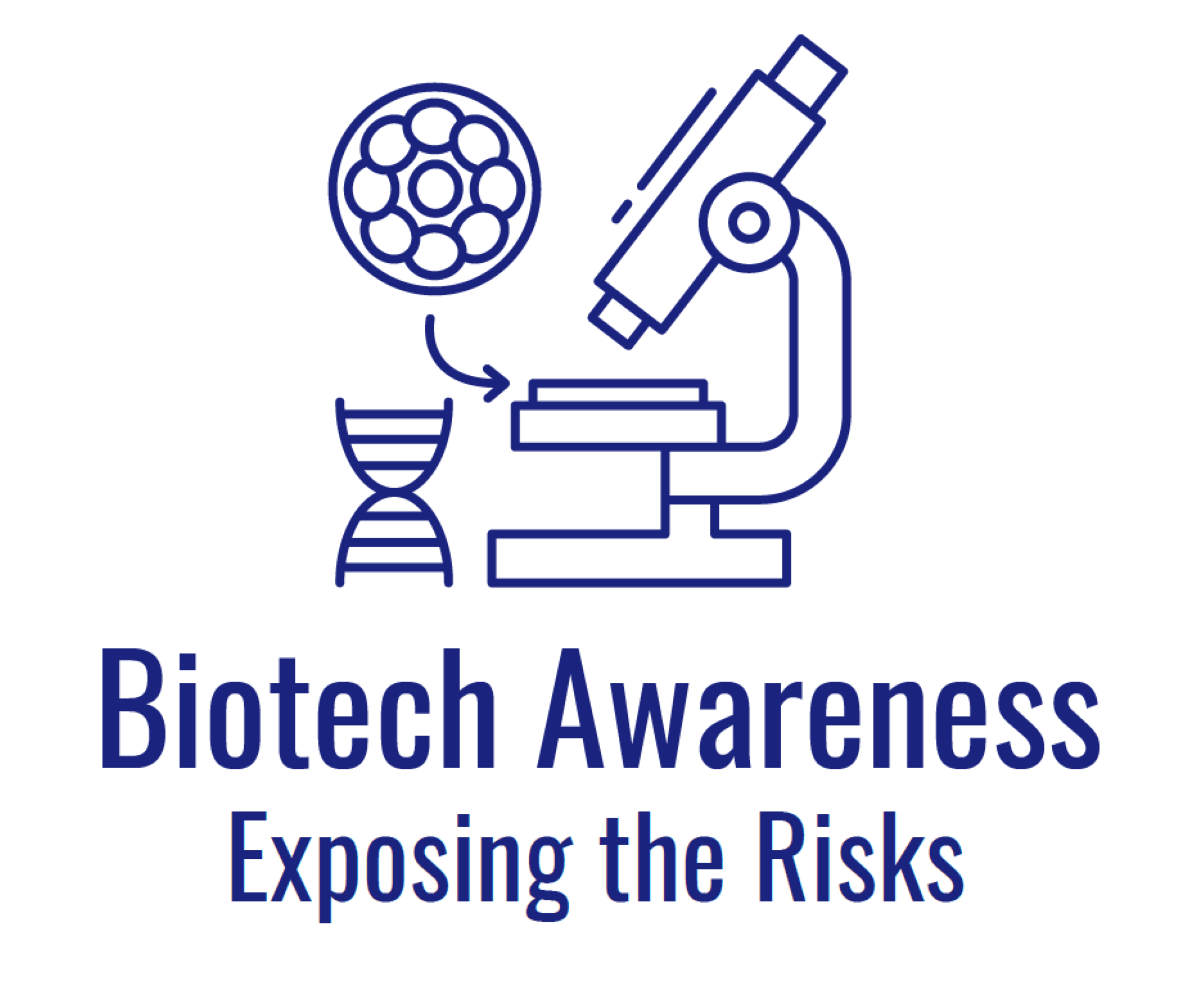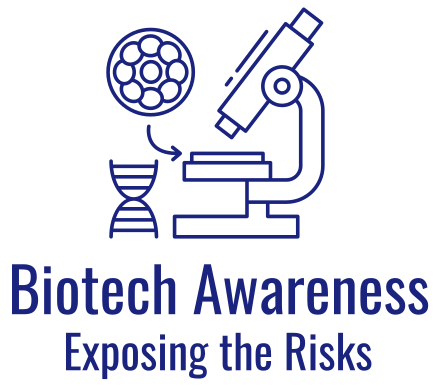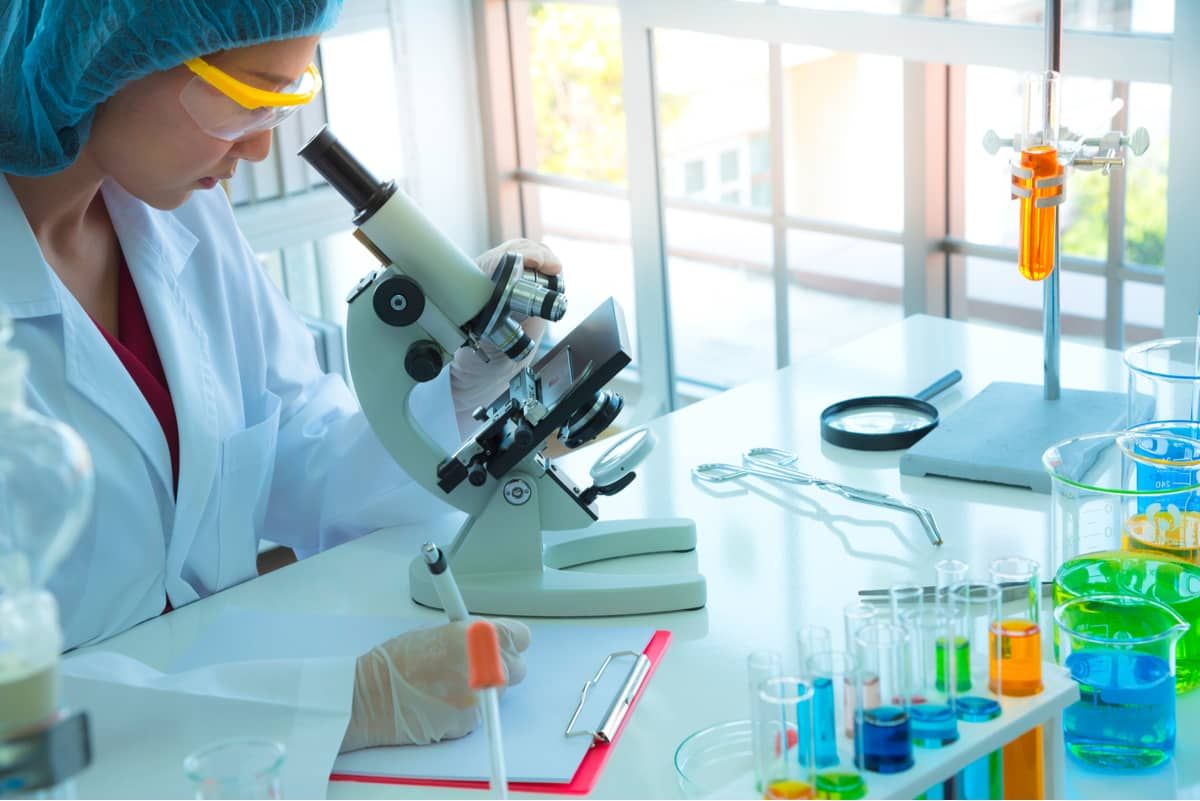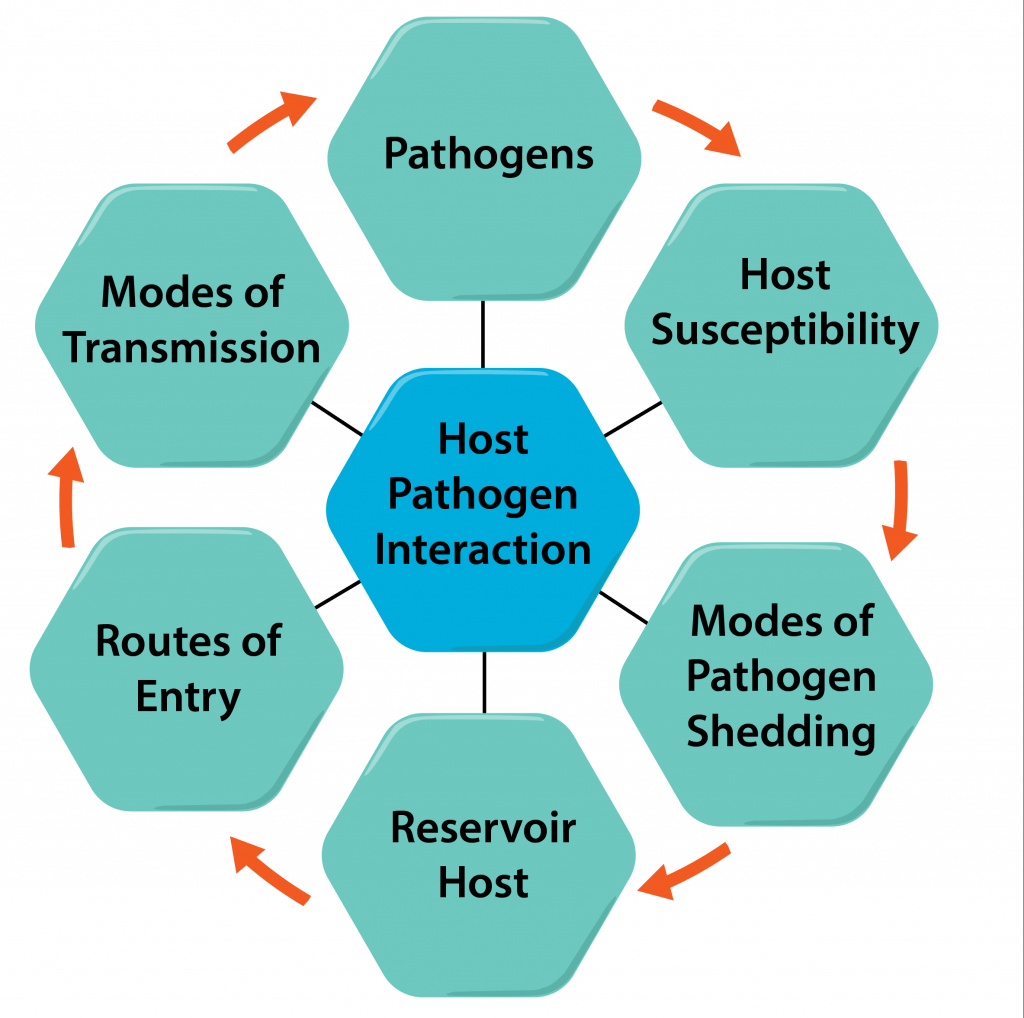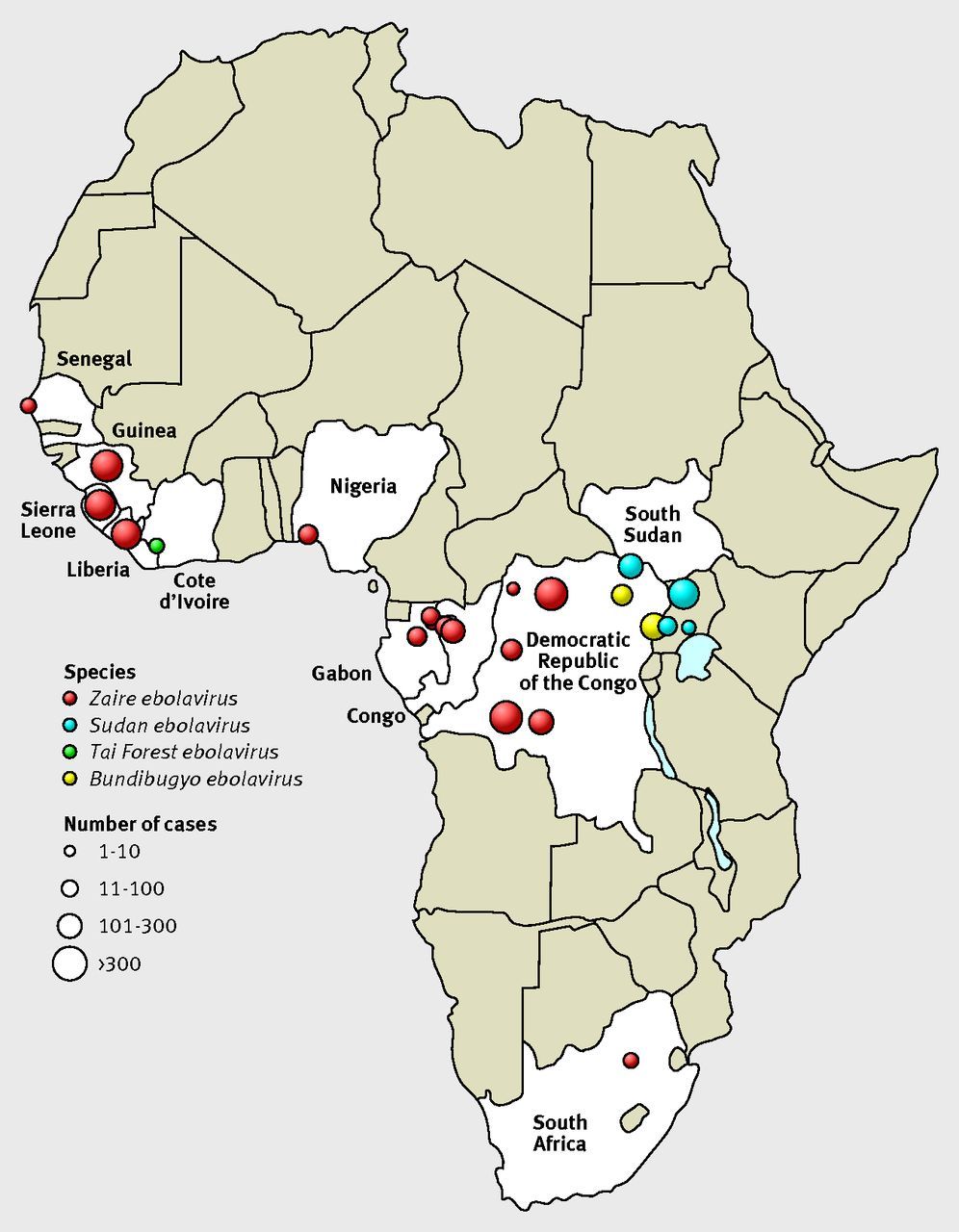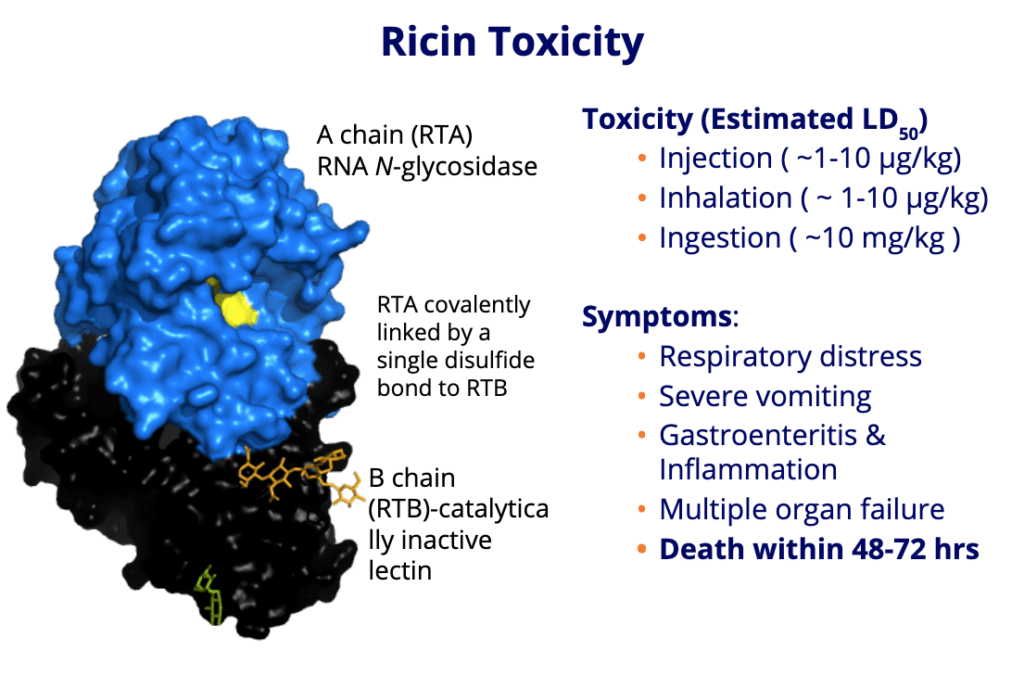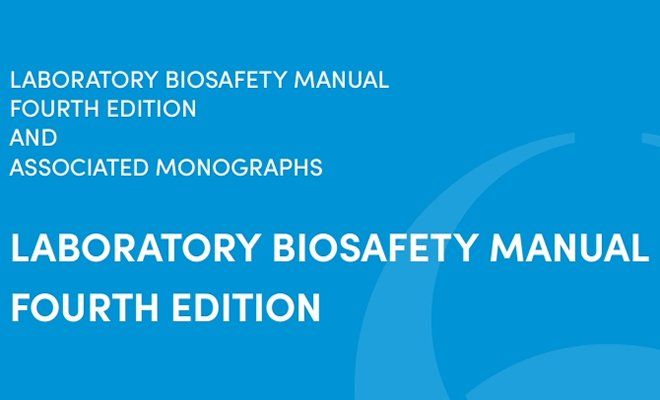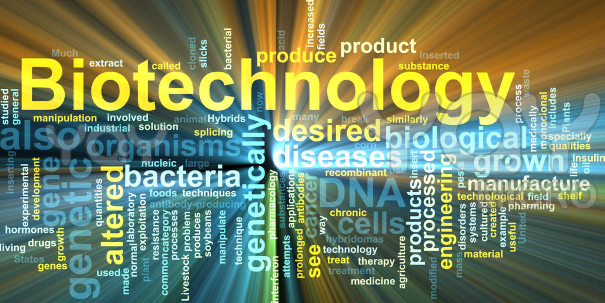Organism Pathogenicity
Organism Pathogenicity
Pathogenicity is the capacity of an organism to cause disease. The measurement of pathogenicity is called virulence, with highly virulent pathogens being more likely to cause disease in a host.
It is important to remember that there are many variables to take into account in a host-pathogen interaction which is a dynamic relationship that is constantly changing. The virulence of the pathogen is important, but so is the number of microbes that gained entry to the host, the location of entry, the overall health of the host, and the state of the host’s defenses.
Most of the organisms which are industrially operated are harmless, but some are highly pathogenic. If these are organisms are mistakenly released in the environment, it may cause disease and pose a huge threat.
An infection starts with exposure to a pathogen. The natural site or home for a pathogen is known as a reservoir and can either be animate (human or animal) or inanimate (water, soil, food). A pathogen can be picked up from its reservoir and then spread from one infected host to another.
Carriers play an important role in the spread of disease, since they carry the pathogen but show no obvious symptoms of disease. A disease that primarily occurs within animal populations but can be spread to humans is called a zoonosis, while a hospital-acquired infection is known as a nosocomial infection.
The mechanism by which a pathogen is picked up by a host is referred to as mode of transmission, with the main mechanisms listed below:
- Direct Contact
- Droplet Transmission
- Indirect Contact
- Airborne Transmission
- Fecal-Oral Transmission
- Vectorborne Transmission
Some of the most dangerous pathogenic organisms (so far) are:
- Anthrax (Bacillus anthracis)
- Botulism (Clostridium botulinum toxin)
- Plague (Yersinia pestis)
- Smallpox (variola major)
- Tularemia (Francisella tularensis)
- Viral hemorrhagic fevers, including
- Filoviruses (Ebola, Marburg)
- Arenaviruses (Lassa, Machupo)
Smallpox: In the 20th century alone, smallpox killed 300 million people.
Ebola disease: The viral strain that drove the 2014-2016 Ebola outbreak in West Africa killed up to 90% of the people it infected.
Marburg disease: The fatality rate in the 1998-2000 outbreak in the Congo had a fatality rate of more than 80%.
Another group of dangerous organisms are toxins. Toxins are harmful substances produced by animals, plants and microbes. They can debilitate the human body and lead to death.
Some naturally occurring toxins include botulinum toxin, staphylococcus enterotoxin, ricin toxin, clostridium perfringes, mycotoxins, aflatoxin and shigella toxin.
These biological agents have been used in warfare almost from the beginning of time.
The World Health Organization's Laboratory Biosafety Manual says:
"Emerging biological risks include genetically modified microorganisms, synthetic biology, gain-of-function research, stem cell research, gene editing and gene drives." When conducting research with emerging technologies, the scientific community must:
- Promote a culture of integrity and excellence, distinguished by openness, honesty, accountability and responsibility.
- Provide direction for biosafety/biosecurity oversight and the risk assessment process for emerging technologies in the life sciences.
- Monitor the scientific, ethical and social implications.
Designer genes could become the most lethal form of bioweapons in the future. Nations that are interested in developing lethal weapons can openly use the genomic sequence databases.
With this wealth of information, it would be possible to create diseases using synthetic viruses that would wipe out an entire population.
The modern revolution in biotechnology has given conventional biological warfare agents a new meaning. With the wealth of information regarding human genomes, it is all the more critical to understand the next generation of biological weapons, in particular, genetically engineered pathogens.
